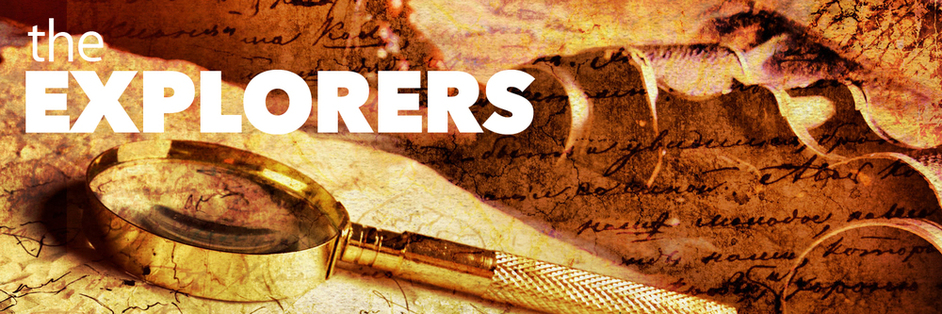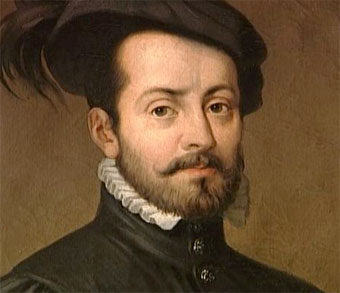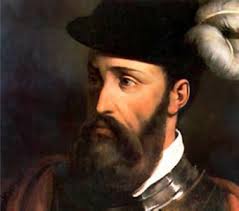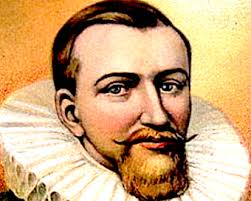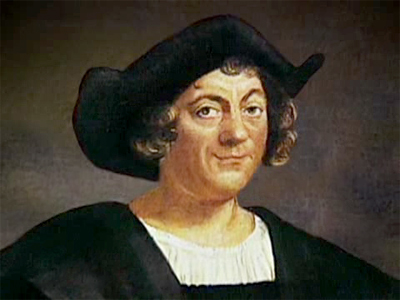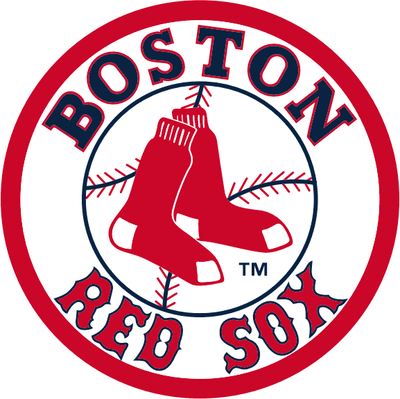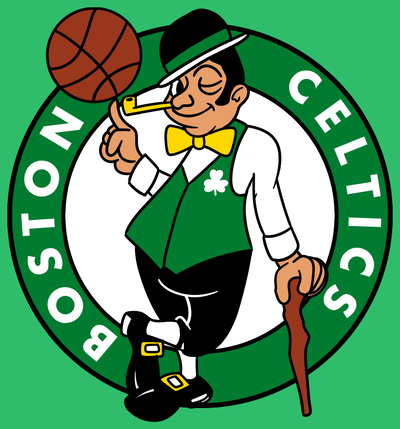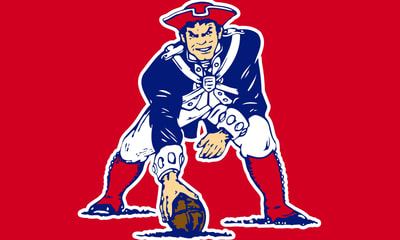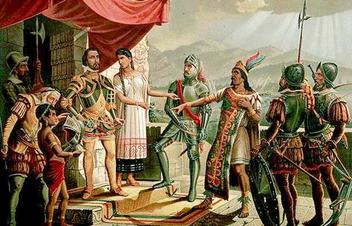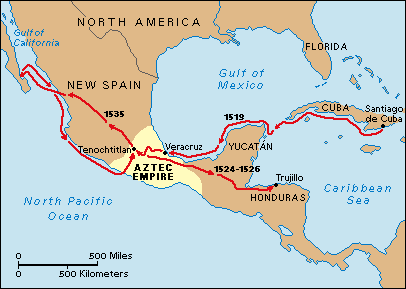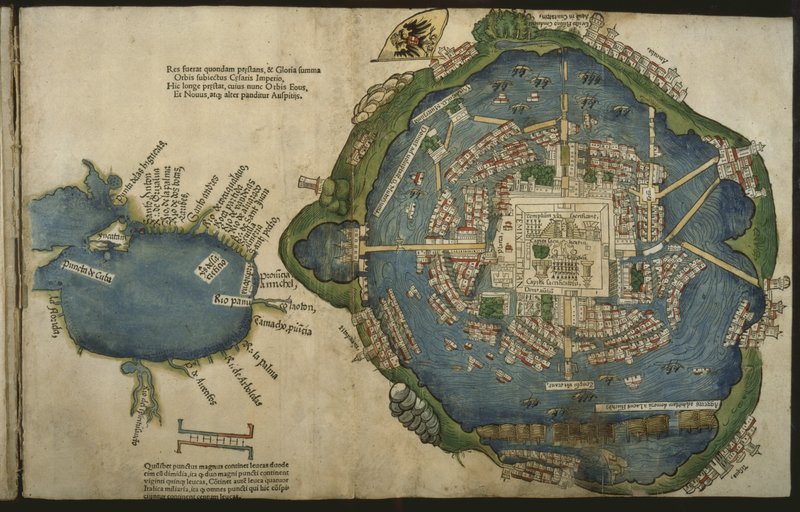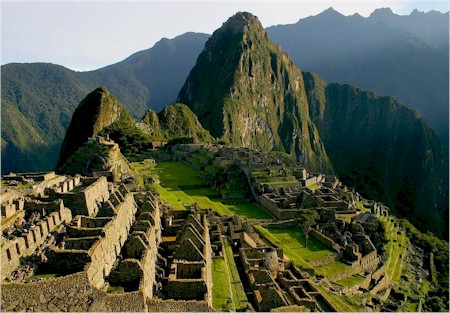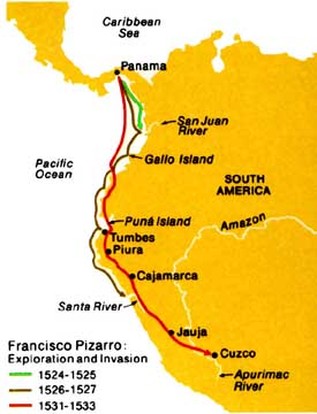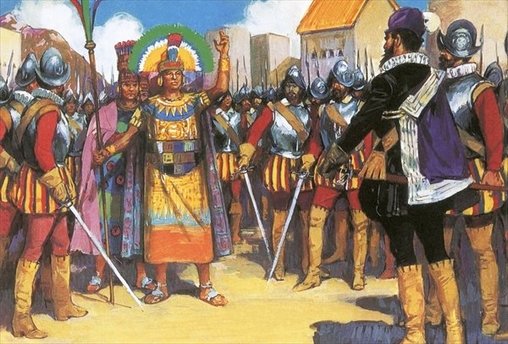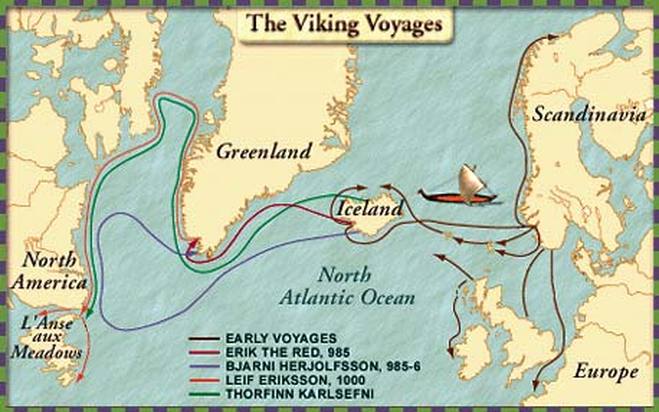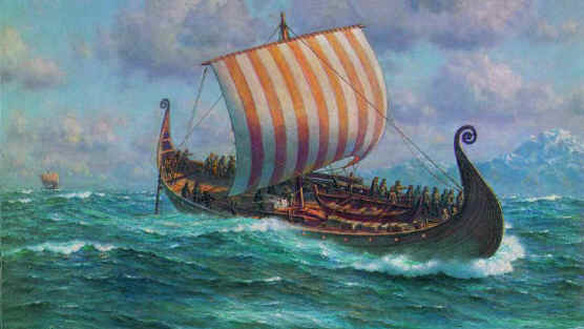Cortes/Pizarro Big Questions
1.What motivated Cortes/Pizarro to do what they did?
2.How did Cortes and Pizarro achieve what they did?
Here's a look ahead to our final project! You will be building a timeline about some of the explorers!
Click here for the project assignment!
Click here for the project grading rubric!
CLICK ON YOUR CLASS LOGO BELOW TO ACCESS YOUR TIMELINE PROJECT
Click here for the project assignment!
Click here for the project grading rubric!
CLICK ON YOUR CLASS LOGO BELOW TO ACCESS YOUR TIMELINE PROJECT
Hernando Cortez
--Cortés told the Aztecs that he and his men "suffered from a disease of the heart which is only cured by gold."--
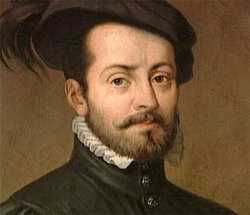
In 1519, an explorer by the name of Hernan Cortes left his home in Cuba in order to explore Mexico. Cortes was convinced that he could obtain more riches on the mainland than was possible by remaining on the islands in the Caribbean. Cortes and over 500 men arrived in Mexico, and began traveling towards the Aztec capital of Tenochtitlan. The Aztec Empire was wealthy and in many ways more advanced than any European nation. However, they did not have horses, nor did they have guns. This gave the Spaniards a huge advantage.
In addition, many of the peoples who had been conquered by the Aztecs were unhappy about the way they had been treated by them. The Aztecs were brutal and often sacrificed the people they conquered to their gods. As a result, many of these people were ready to join forces with Cortes and his men to overthrow the Aztec Empire.
At first the Aztecs did not fight back. They thought that the Europeans were the fulfillment of an ancient legend that spoke of white-bearded gods.
After seeing the wealth of their empire, Cortes set out to take control of it. Within just a few years, he and his small army were able to defeat one of the most advanced civilizations of the era, setting Cortes as the ruler of Mexico in behalf of Spain.
In addition, many of the peoples who had been conquered by the Aztecs were unhappy about the way they had been treated by them. The Aztecs were brutal and often sacrificed the people they conquered to their gods. As a result, many of these people were ready to join forces with Cortes and his men to overthrow the Aztec Empire.
At first the Aztecs did not fight back. They thought that the Europeans were the fulfillment of an ancient legend that spoke of white-bearded gods.
After seeing the wealth of their empire, Cortes set out to take control of it. Within just a few years, he and his small army were able to defeat one of the most advanced civilizations of the era, setting Cortes as the ruler of Mexico in behalf of Spain.
Francisco Pizarro
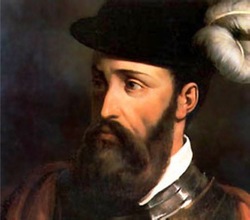
"I have not come here for such reasons. I have come to take away their gold." - Pizarro
Francisco Pizarro (1478-1541) was a Spanish conquistador who traveled through much of the Pacific coast of America along Peru. He "discovered" the Incan empire and conquered it brutally and quickly, stealing immense hoards of gold, silver, and other treasures.Pizarro landed at San Mateo Bay in 1532. After traveling through desert and snow-capped mountains, Pizarro and his men (who included Hernando de Soto) arrived at Cajamarca (in 1533), where they captured Atahuallpa, the 13th and last emperor of the Incas. Atahuallpa had just won a civil war against his half-brother (Huáscar), and had executed Huáscar and his family. Atahuallpa had invited Pizarro to a celebratory feast, thinking that the Spanish were not much of a threat. Pizarro ambushed Atahuallpa and killed thousands of his men. Atahuallpa offered a huge ransom for his own release, but Pizarro took the treasure and had Atahuallpa strangled on Aug. 29, 1533; this was the end of the Incan empire.
After looting and generally destroying the Incan capital of Cusco, Pizarro founded Lima (which he called Ciudad de los Reyes, which means "City of the Kings"). Pizarro was assassinated in Lima, Peru, in 1541, by followers of Pedro de Almagro (Cortes' captain) who wanted to seize Lima for its riches.
Francisco Pizarro (1478-1541) was a Spanish conquistador who traveled through much of the Pacific coast of America along Peru. He "discovered" the Incan empire and conquered it brutally and quickly, stealing immense hoards of gold, silver, and other treasures.Pizarro landed at San Mateo Bay in 1532. After traveling through desert and snow-capped mountains, Pizarro and his men (who included Hernando de Soto) arrived at Cajamarca (in 1533), where they captured Atahuallpa, the 13th and last emperor of the Incas. Atahuallpa had just won a civil war against his half-brother (Huáscar), and had executed Huáscar and his family. Atahuallpa had invited Pizarro to a celebratory feast, thinking that the Spanish were not much of a threat. Pizarro ambushed Atahuallpa and killed thousands of his men. Atahuallpa offered a huge ransom for his own release, but Pizarro took the treasure and had Atahuallpa strangled on Aug. 29, 1533; this was the end of the Incan empire.
After looting and generally destroying the Incan capital of Cusco, Pizarro founded Lima (which he called Ciudad de los Reyes, which means "City of the Kings"). Pizarro was assassinated in Lima, Peru, in 1541, by followers of Pedro de Almagro (Cortes' captain) who wanted to seize Lima for its riches.
Henry Hudson
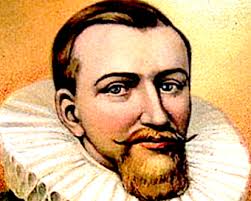
"This land is the finest for cultivation that I have ever in my life set foot upon, and it also abounds in trees of every description.”
—Henry Hudson
Henry Hudson made his first voyage west from England in 1607, when he was hired to find a shorter route to Asia from Europe through the Arctic Ocean. After twice being turned back by ice, Hudson embarked on a third voyage–this time on behalf of the Dutch East India Company–in 1609. This time, he chose to continue east by a more southern route, drawn by reports of a possible channel across the North American continent to the Pacific. After navigating the Atlantic coast, Hudson’s ships sailed up a great river (which would later bear his name) but turned back when they determined it was not the channel they sought. On a fourth and final voyage, undertaken for England in 1610-11, Hudson spent months drifting through the vast Hudson Bay and eventually fell victim to a mutiny by his crew. Hudson’s discoveries laid the groundwork for Dutch colonization of the Hudson River region, as well as English land claims in Canada.
—Henry Hudson
Henry Hudson made his first voyage west from England in 1607, when he was hired to find a shorter route to Asia from Europe through the Arctic Ocean. After twice being turned back by ice, Hudson embarked on a third voyage–this time on behalf of the Dutch East India Company–in 1609. This time, he chose to continue east by a more southern route, drawn by reports of a possible channel across the North American continent to the Pacific. After navigating the Atlantic coast, Hudson’s ships sailed up a great river (which would later bear his name) but turned back when they determined it was not the channel they sought. On a fourth and final voyage, undertaken for England in 1610-11, Hudson spent months drifting through the vast Hudson Bay and eventually fell victim to a mutiny by his crew. Hudson’s discoveries laid the groundwork for Dutch colonization of the Hudson River region, as well as English land claims in Canada.
